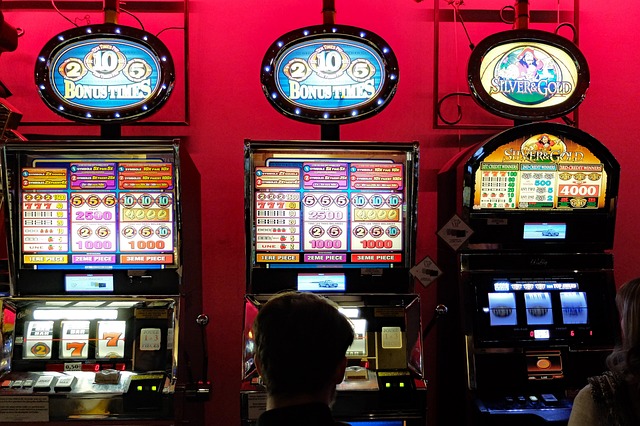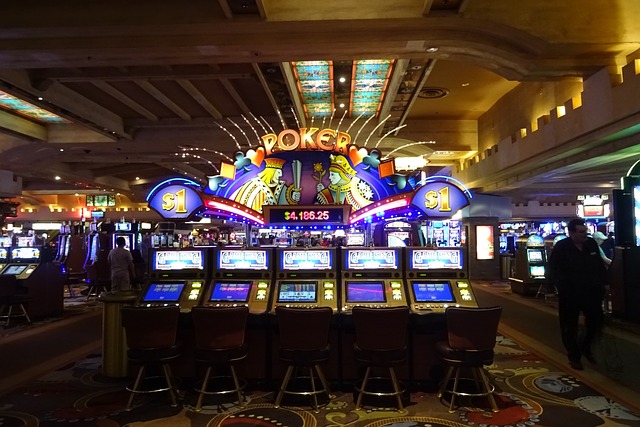Not all slots are created equal—and not all players want the same experience. Volatility, or variance, determines how a slot behaves: how often it pays out, and how big those payouts are. For platforms and players alike, understanding volatility tiers is critical to planning smarter sessions, marketing campaigns, and game placement strategies.
This post breaks down how to segment slots by volatility, how to align them with user appetite, and how to build weekly plans that balance engagement, retention, and spend control.
What Is Slot Volatility?
Slot volatility refers to how frequently a slot pays out and how large those payouts are.
- Low volatility: Frequent wins, usually small
- Medium volatility: A mix of win frequency and size
- High volatility: Rare wins, but big when they hit
Players with different goals gravitate toward different tiers. Some want steady playtime. Others chase jackpots. Volatility is what aligns the game to the intent.
Tiering Slots: Low, Medium, High
Segmenting your slot library into volatility tiers makes it easier to:
- Curate content based on user behavior
- Build promotional calendars
- Create safer, more personalized journeys
Typical Characteristics
| Volatility Tier | Win Frequency | Payout Size | Session Risk | Best For |
|---|---|---|---|---|
| Low | High | Low | Low | Long sessions, casual players |
| Medium | Moderate | Moderate | Moderate | Balanced risk-takers |
| High | Low | High | High | Jackpot chasers, short bursts |
If your platform doesn’t surface volatility clearly, consider tagging games internally or sourcing RTP and hit rate data from providers to build your own model.
Weekly Planning: Matching Games to Risk Appetite

Whether you’re designing in-app content, loyalty missions, or just planning your own play, a weekly rotation based on volatility tiers keeps the experience fresh and more sustainable.
Step-by-Step Weekly Plan
1. Start with Low Volatility for Bankroll Stability
Begin the week with 1–2 sessions on low-volatility slots. The goal is to stretch playtime and reduce early tilt. This builds confidence and extends session length.
2. Introduce Medium Volatility Mid-Week
On days with moderate engagement (e.g., Wednesday, Thursday), rotate in medium-volatility games. These provide decent win potential without large swings.
3. Reserve High Volatility for Peak or Bonus Days
Limit high-volatility play to end-of-week runs (Friday–Sunday) or during promo periods. Frame it as a “high-risk, high-reward” moment—use free spins or caps to manage downside.
Sample Weekly Mix
| Day | Volatility Focus | Goal |
|---|---|---|
| Monday | Low | Extend bankroll |
| Tuesday | Low | Maintain engagement |
| Wednesday | Medium | Add excitement, stay balanced |
| Thursday | Medium | Build toward weekend energy |
| Friday | High | Upsell, time-limited promos |
| Saturday | High | Max excitement, short sessions |
| Sunday | Low | Cool down, reset expectations |
Aligning to Player Profiles
Different players respond to volatility in different ways. Your platform should track and surface preferences—especially if offering personalization.
Example Segments
- “Time Stretchers”: Prefer low volatility, autoplay sessions, low average bet
- “Optimizers”: Hover in medium, look for RTP and bonus features
- “Thrill Seekers”: Chase jackpots, short sessions, bonus buy interest
Use volatility tiers to build recommendation logic, not just to promote new titles. The wrong volatility mix can drive churn or tilt—even with otherwise strong game content.
Key Mistakes to Avoid

- Over-promoting high-volatility games to new or low-budget players
- Under-leveraging low-volatility games as engagement tools
- Ignoring volatility diversity in promotions and content carousels
- Failing to connect session limits and RG tools to volatility patterns
Slot planning isn’t just about novelty—it’s about matching game risk to player appetite, session timing, and emotional energy.
Final Takeaway: Plan Volatility Like a Portfolio
Think of your slot strategy like a portfolio—diversify by volatility, manage exposure based on player behavior, and rotate content in a rhythm that supports both excitement and control.
Volatility tiers aren’t just player-facing. They’re a tool for smarter operations, safer play, and better long-term value.
